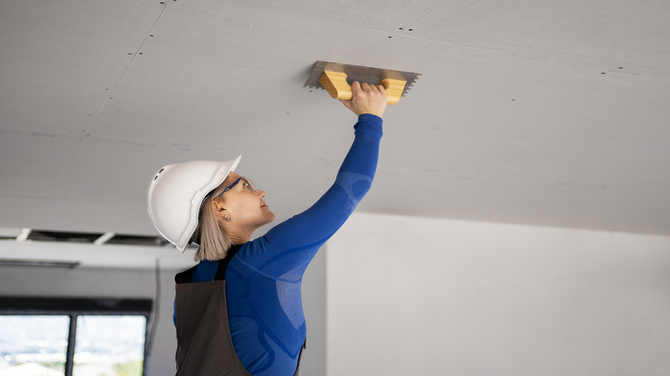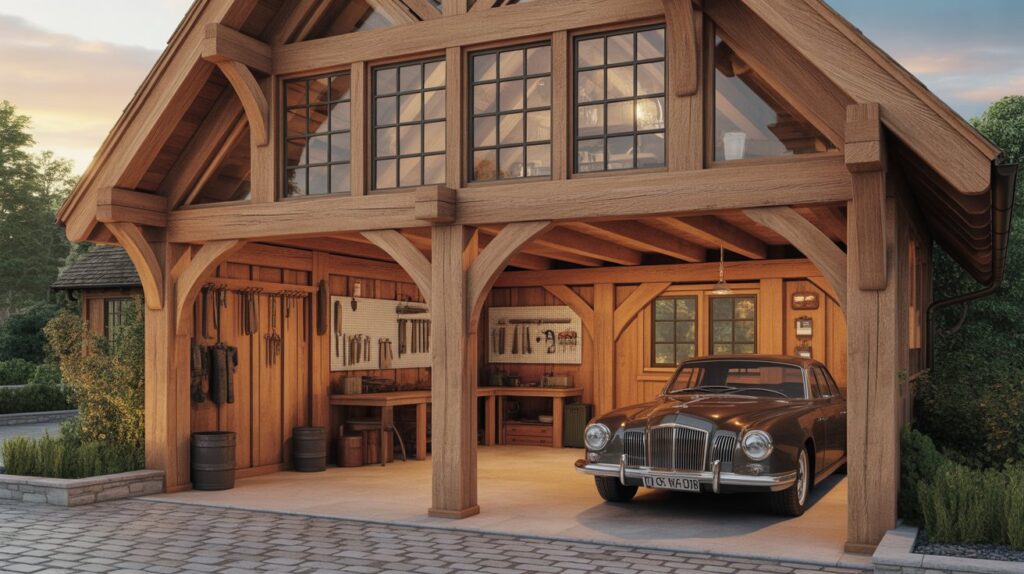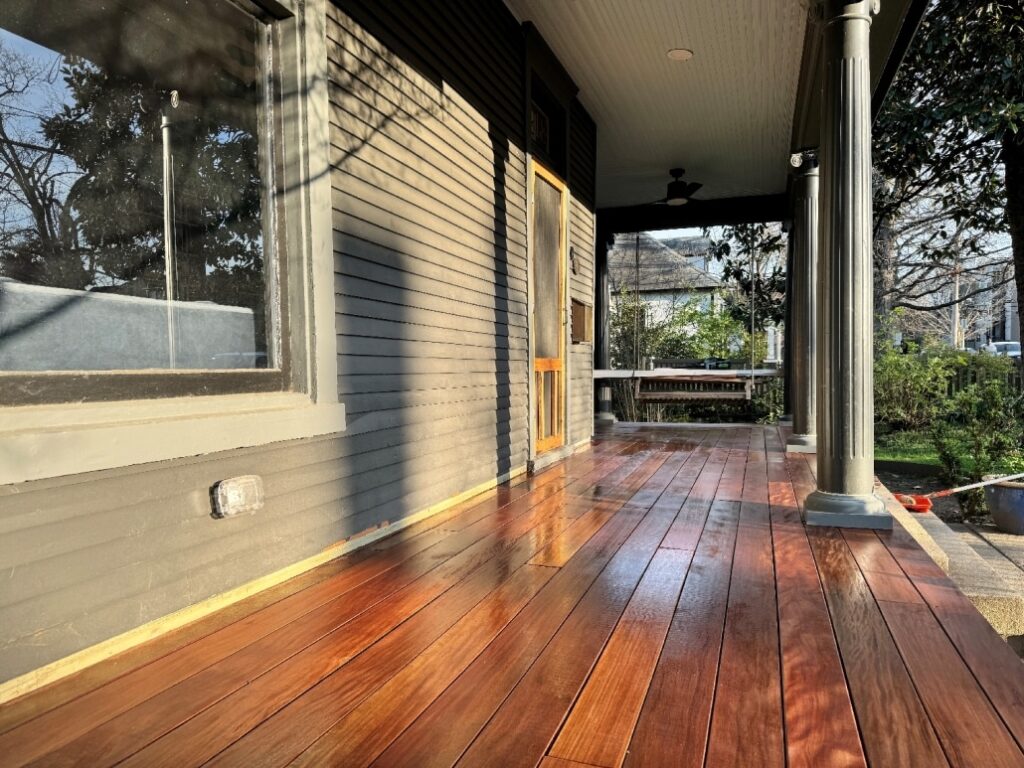Gypsum ceilings are a common choice for both residential and commercial spaces, but how long do they last? Whether you’re installing a new gypsum ceiling or simply curious about the longevity of an existing one, understanding the factors that affect its lifespan is crucial. In this article, we’ll explore what determines how long your gypsum ceiling will last and how you can prolong its life.
The Nature of Gypsum Material
Composition of Gypsum
Gypsum is a soft sulfate mineral made up of calcium sulfate dihydrate (CaSO4·2H2O). Its unique chemical properties make it ideal for use in construction, particularly in creating gypsum boards, which are commonly used for ceilings and walls. The mineral’s natural fire resistance and lightweight nature are key benefits in modern construction.
Common Uses of Gypsum in Construction
Gypsum is widely used in ceiling designs because it offers a smooth, aesthetic finish. It’s also used in drywall, plaster, and other building materials. Beyond aesthetics, gypsum provides thermal insulation and fire resistance, making it a practical choice for most indoor applications.
Factors Affecting the Lifespan of a Gypsum Ceiling
Quality of Gypsum Used
Not all gypsum boards are created equal. The quality of the gypsum used can significantly impact the longevity of your ceiling. Premium-grade gypsum boards tend to last longer, while lower-quality options may deteriorate faster, especially under stress or adverse conditions.
Installation Techniques
Proper installation is another critical factor in determining the lifespan of a gypsum ceiling. Poor installation, such as incorrect framing or inadequate fastening, can lead to sagging or cracking over time. Hiring experienced professionals ensures the ceiling is installed correctly, which can extend its lifespan by several years.
Environmental Conditions
The environment plays a significant role in how long your gypsum ceiling lasts. High humidity, extreme temperatures, and frequent temperature fluctuations can weaken the material, leading to premature wear and tear.
Maintenance Practices
Regular maintenance, such as cleaning and checking for signs of damage, is essential for prolonging the lifespan of a gypsum ceiling. Addressing minor issues promptly can prevent them from becoming major problems.
Exposure to Moisture and Humidity
Gypsum is particularly sensitive to moisture. Prolonged exposure to water or excessive humidity can cause the ceiling to sag, develop stains, or even grow mold. Moisture-resistant gypsum boards are available, but even these require proper maintenance in high-humidity environments.
Average Lifespan of Gypsum Ceilings
Residential Applications
In residential settings, a well-maintained gypsum ceiling can last anywhere from 20 to 35 years. Homes with stable environmental conditions and regular upkeep tend to have ceilings that last longer.
Commercial Applications
In commercial spaces, where ceilings are subject to higher traffic and environmental stresses, the lifespan of a gypsum ceiling might be shorter, ranging from 15 to 25 years. The specific usage of the space and the quality of materials will influence this range.
Signs Your Gypsum Ceiling Needs Replacement or Repair
Cracking and Sagging
One of the first signs that your gypsum ceiling needs attention is cracking or sagging. These can occur due to structural shifts or improper installation. Small cracks may be repairable, but widespread damage often signals the need for replacement.
Water Stains or Mold
If you notice water stains or mold growing on your gypsum ceiling, it’s a clear sign of moisture damage. In many cases, mold can be removed, but if the underlying cause isn’t addressed, the problem will recur.
Chipping or Flaking
Chipping and flaking often result from poor-quality gypsum or prolonged exposure to moisture. These issues not only affect the aesthetic appeal of your ceiling but also reduce its structural integrity.
Tips to Extend the Lifespan of Your Gypsum Ceiling
Proper Installation
As mentioned earlier, hiring professionals for installation is crucial. A properly installed gypsum ceiling is more likely to withstand environmental stress and last longer.
Regular Maintenance
Regular inspections and cleaning can help catch potential issues early. Dust accumulation and small cracks are easier (and cheaper) to deal with when they’re caught early.
Moisture Control
Controlling the humidity levels in your space is vital. Installing dehumidifiers or ensuring good ventilation in moisture-prone areas can prevent water damage and extend the lifespan of your gypsum ceiling.
How Gypsum Ceilings Compare to Other Ceiling Materials
Gypsum vs. POP (Plaster of Paris)
While both gypsum and POP are used for ceilings, gypsum is generally more durable and fire-resistant, giving it a longer lifespan compared to POP, which can crack easily over time.
Gypsum vs. Wooden Ceilings
Wooden ceilings offer a rustic appeal but can suffer from warping, termite damage, and decay, particularly in humid environments. Gypsum, on the other hand, is more resistant to these issues and requires less maintenance.
False ceiling contractors in dubai
Gypsum vs. Metal Ceilings
Metal ceilings are highly durable and can last for decades, but they can be prone to rust if not properly maintained. Gypsum ceilings, while not as durable as metal, offer a better balance between cost, appearance, and lifespan.
Environmental Impact of Gypsum Ceilings
Sustainability of Gypsum
Gypsum is considered a sustainable material since it can be found naturally and is abundant. Its extraction and processing have a relatively low environmental impact, making it an eco-friendly choice for construction.
Recyclability and Disposal
One of the advantages of gypsum is that it can be recycled. Old gypsum boards can be crushed and reused, which helps reduce waste in landfills.









